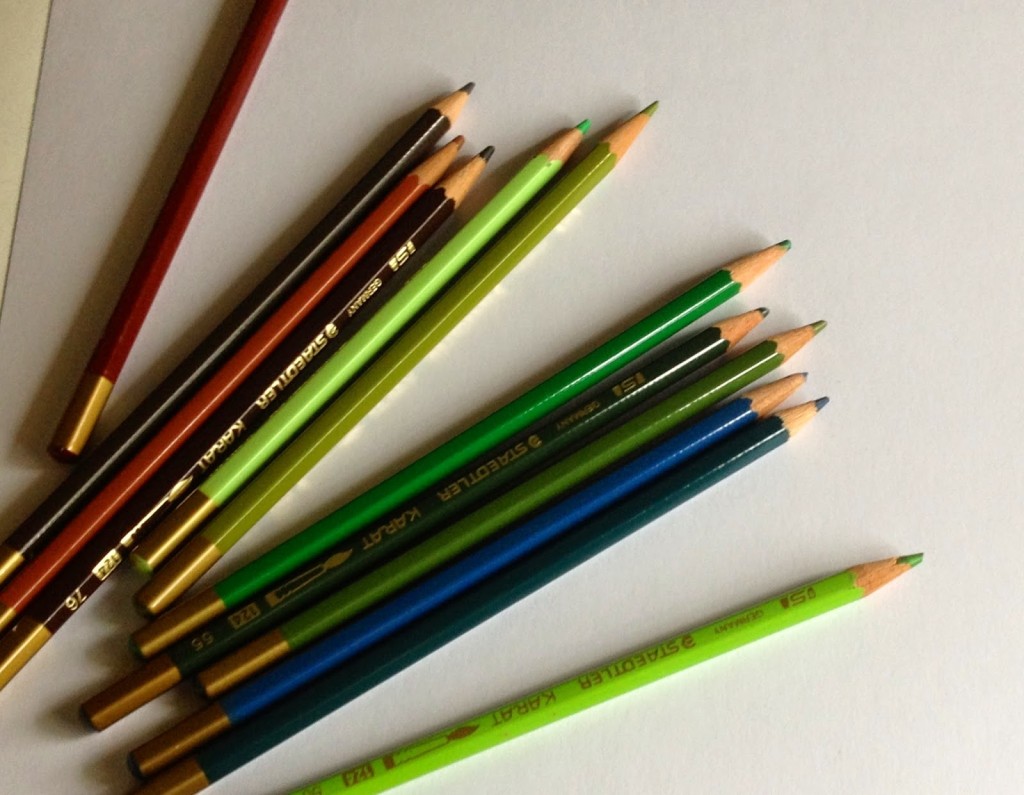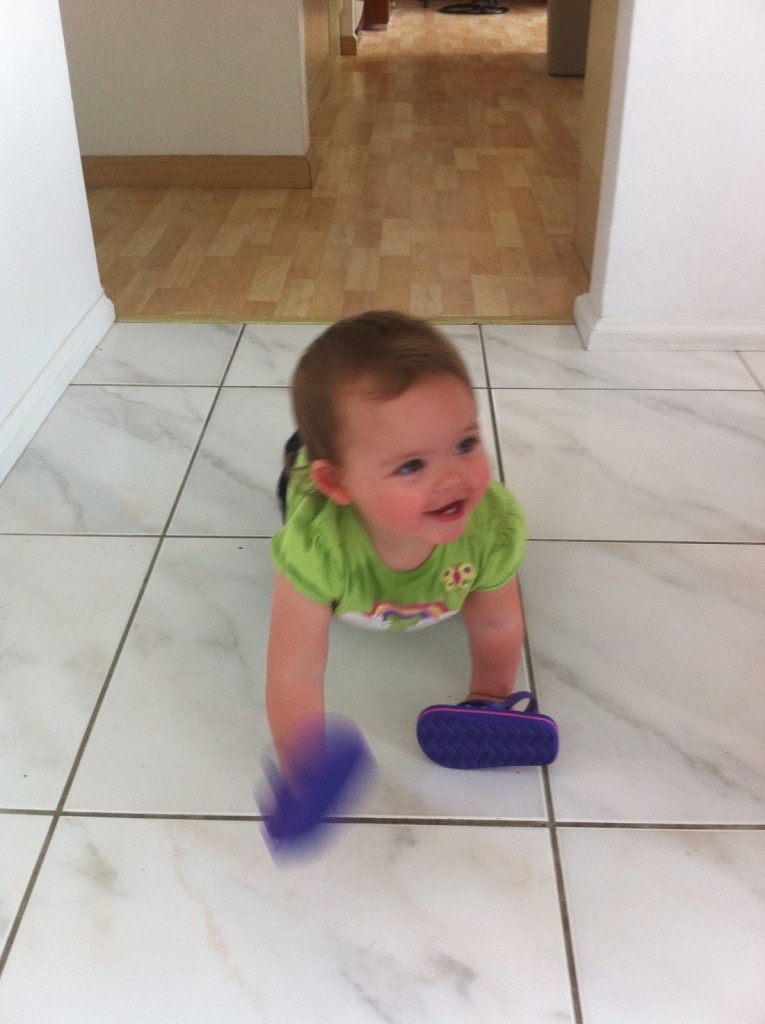Tag Archives: Writing
You Have to Crawl before You Run: Tarts and the Craft of Writing
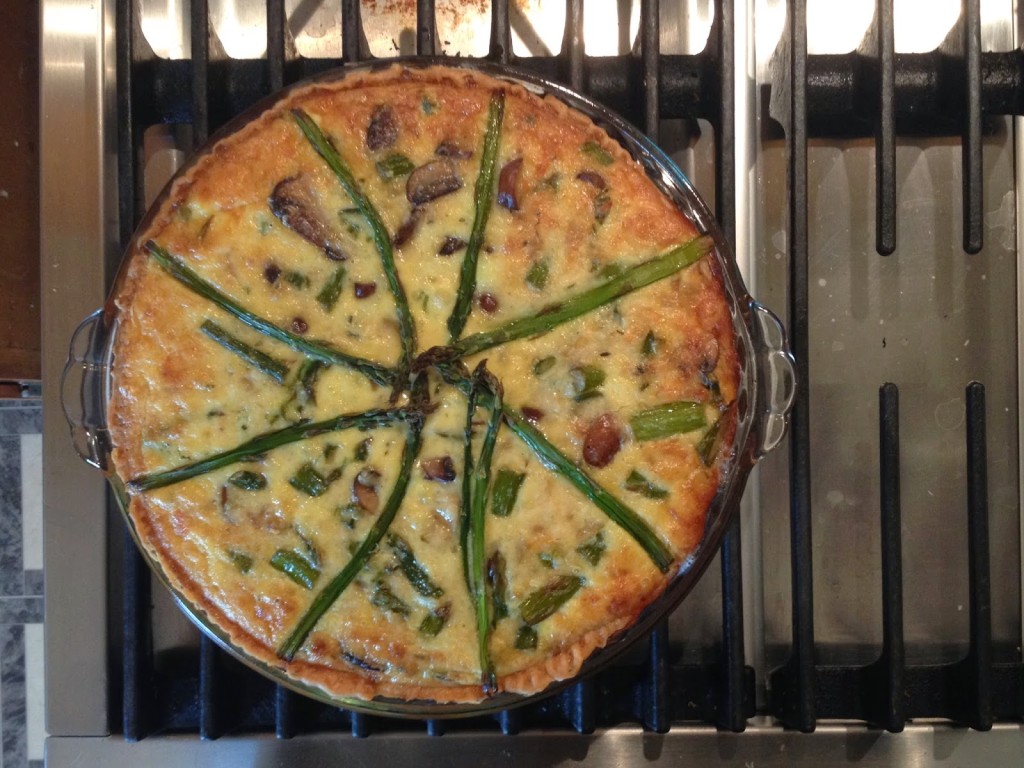 |
| Asparagus and Mushroom Tart |
All the things I did when I was supposed to be writing my blog post
 |
| Maui 2009 |
I started out strong, tucked into my in my favorite coffee shop words flowing, but then two loud talkers came in and started talking about their lives. So I packed up and went to my office to write, forgetting that the reason I was in the coffee shop is because my office is a complete wreck with post-conference materials, general debris, and change of season clothes bins.
So I:
1. Started cleaning up my office, stepped on my favorite hot pink clipboard, broke it. Did not finish office cleaning.
2. Looked online for professional office cleaning services that could help me out next time so I don’t end up breaking more stuff.
3. Looked through all my office supplies for a suitable replacement. Yes, I have an office supply addiction, don’t you?
4. Stopped off at the library on my way to get new clipboard, picked up books on hold, signed kids up for summer storytime, chatted with the librarian.
5. Went to office supply store to get clipboard, remembered I needed toner, found toner, spent time wandering around looking for a new clipboard, ogling office supplies, and fondling pens. Loitered talking with my favorite store clerk. Yes, she knows my name, and that I sometimes refer to her as my dealer. I told you, I have an addiction.
6. Remember that we are out of bread. Go by grocery store to get bread, run into friend, talk about Summer plans, pick up potato chips, get in line to buy chips, have to leave line to get bread that I went in for.
7. Get to school early for pick up, and write this in the while waiting in the car. Make notes and deepen outline for the post I did not write.
So it goes. I realized that my difficultly writing this week’s post is that I have not done enough thinking about the topic I wanted to write about. I often find myself procrastinating/ self-interrupting when I have not spent enough time noodling/researching my topic.
The take away is this: when a piece you are working on doesn’t work, it is okay put it aside and give yourself time to think about what your want to write. This is not the same as abandoning a project, although sometimes that is the wisest thing to do.
Figuring out when to quit, when to let something rest, and when to press on is part of understanding yourself. For those of us with attention issues, this is particularly difficult as we often have exciting ideas about other projects that would be so much more fun/exciting/better than what we are doing at the moment.
When the urge hits to abandon a project I ask myself these five questions.
- Will it make a difference in my life if I quit?
- Do I need information/ resources/ help to complete this project?
- Is there a way to change the project so that I will want to do it?
- Will quitting cause a problem for important people in my life?
- What would make me want to finish the project?
Timers-Not just for Cooking
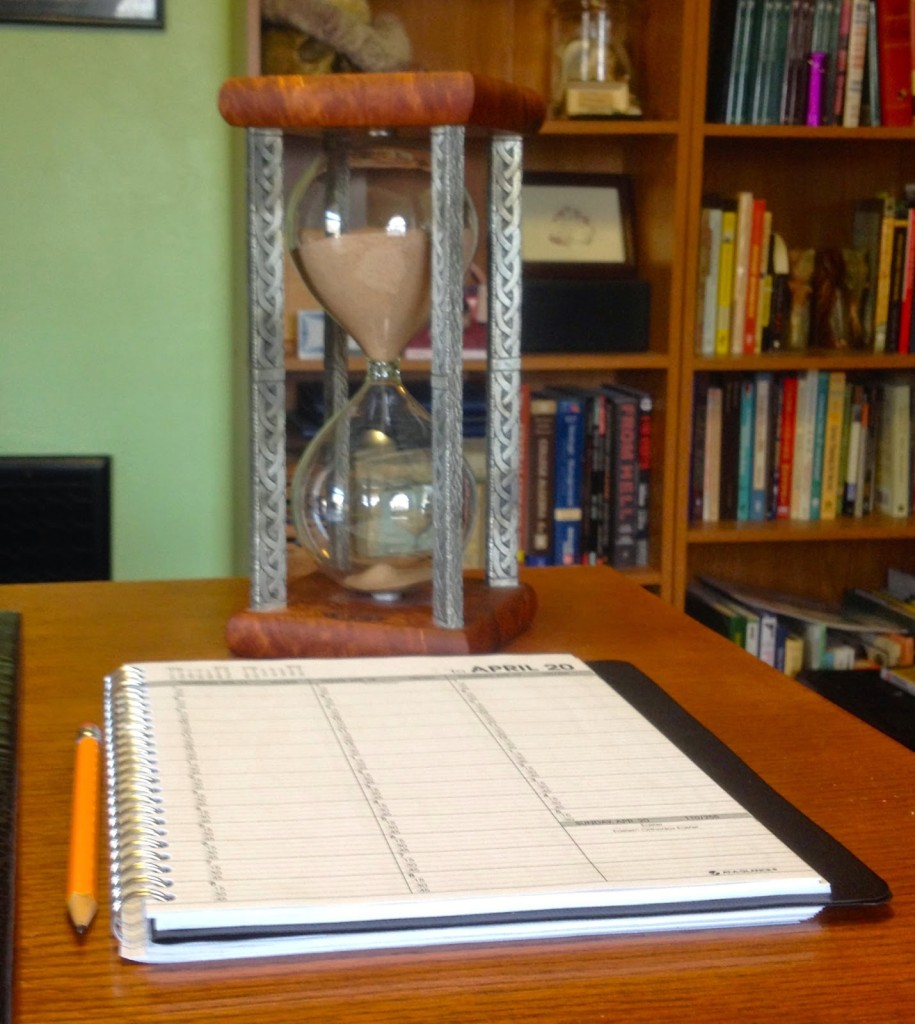 |
| Throw back Timer |
Looking back over my posts on how to get things done when you have distraction issues, I talk a lot about using timers. I did not grow up in a home where kitchen timers were used. My mom never used one. I can’t smell the aroma of burnt rice, and not think of my mom. I am not sure when I figured out that the smoke alarm was a poor excuse for a kitchen timer. I will tell you this: using timers when cooking transformed my kitchen skills.
For years I used the alarm settings on my digital watch, now I use the timer on my phone because it is loud enough I can hear it over the usual pre-schooler chaos in my house. A timer does not serve you if you can not hear it. An added feature of using my phone is the ability to set multiple alarms.
ADD-Friendly Ways to Organize Your Life by J. Kolberg and K. Nadeau (Buy the book here) has a very good explanation of how using timers assists ADD/ADHD individuals with time/life management. I found this book at a time when I was really struggling with keeping things together, and it remains one of the most helpful books I have ever read. My copy is well-worn and tabbed. These are some of the ways I learned to use timers and alarms to overcome my distraction issues.
Cooking. This is the most obvious, and common use for timers. When I don’t use my phone, I have a kitchen timer that has a clip so you can clip it to your clothes, and take it with you.This is very helpful for those of us who decide in the middle of fixing dinner that some household project needs to be started/finished, etc. I am really partial to the digital ones that count down from when the alarm goes off so if you can’t get to the oven at the precise moment things are done you know how long it has been since you missed the alarm.
Laundry. I use a timer when doing laundry, and this cuts down on the “Damn- how long has this load of laundry been in here?!” factor, and rewashing clothes because you got distracted while doing the laundry. It also keeps the laundry moving, taking advantage of the residual heat in the dryer.
Writing. I use a timer when I do sprints, challenging myself to write 1000 words in one hour, and when I am breaking up my writing time by devoting set times to different works-in-progress. I also set an alarm to remind me to pick up the kids. This lets me focus on my writing and not worry that I am going to be late picking them up from school. When you only have 2.45 hours of kid-free writing time you have to make every second count.
Cleaning up with the kids. We set the timer and play beat the clock, racing around trying to see who can pick up the most toys. It makes picking up the toys more fun, although it can get pretty competitive and sometimes we have to stop to break up the melee that results.
Any task that I really do not want to do. I set the timer for ten minutes and give myself permission to quit after ten minutes if I want to do something else. Most often, I get over myself and just finish the dang thing because I want to get it over with after I started it.
Exercise. I set the timer when I exercise so that I can focus on the exercise itself. There are some great exercise program apps that have timers built in. Using a timer instead of counting reps for exercises allows you to work at your own pace, and tailor the workout to your fitness level. These programs also are body weight programs and do not require equipment. My favorite apps are The Seven Minute Workout (free) , and YAYOG ( You Are Your Own Gym- $).
There are many timers on the market for people with ADD/ADHD. For children, these are wearable timers that look, and function like a digital watch, with the added benefit of vibration so the alarm can be discreet, and kids can wear them to school. The Watchminder is also marketed to adults/seniors. Using timers with kids can decrease the parent nag/kid resist behavior loop.
Wearable timers designed for use by adults/kids have the ability to set multiple alarms, some also function as count-down timers, and stop watches. These timers are great to use with kids too young to use phones, non-smart phone users, kids/adults whose phones are a distraction, and kids/adults that work in environments that do not allow cell phones.
Using timers with kids with distraction issues, organizational issues, or ADD/ADHD is a great way to help them focus, learn to monitor their own behavior, and teach them ways to overcome their distraction issues. Learning self-management is a great self-esteem booster for kids. For parents, using timers with kids decreases parent stress by letting kids take responsibility for their behavior.
Learning to use timers changed my life in very positive ways. Timers decrease stress in my life. If you haven’t tried using timers, experiment with them. See if they make a difference for you.
 |
| Geeky but functional. |
Impulse or “It seemed like a good idea at the time”
 |
| 2014 Waynesboro Veterinary Emergency Services |
My poor dog had to have emergency surgery to remove four hair ties, a big wad of hair and the remnants of a plastic jar lid. See the above photo for the evidence of his indiscriminate eating. I’m am sure that eating these things seemed like a good idea at the time.
Impulsive behavior has created some spectacular complications in my life, think emergency room visits, raised eyebrows, and yellow cards at parties. I am very fortunate to have an understanding partner, but many times I have given her cause to question my sanity, and her own.
Just moved into a house? Still unpacking boxes? This old stove doesn’t work, I’m just going to rip it out right now, and build a cabinet in that space. Wife due any day with twins? This hallway needs to be painted. House guest? No time like the present to strip the bathroom wallpaper. Waiting for a date, talking with her mother, see a mouse running across the floor, why not jump off the couch and catch it your BARE hands? All these stories are true.
How do I deal with my impulsiveness? Let just say that I’m much better than I used to be at controlling impulses, but I still struggle. I also promised my partner not to start any home improvement projects without talking to her BEFORE I start. The twins slow me down a bit, however, they dislike wallpaper as much as I do and have started their own projects!
My impulses are not limited to home improvement projects and catching critters. Often I am gripped by impulses to start new writing projects in the middle of current writing projects. My spiral notebook helps, giving me a place to write down my ideas for new projects. I also use word counts and timers to deal with my impulses to begin new writing projects.
I treat starting new projects as a reward. If I meet my word count for the day on the current project, then I am allowed to start the other project. The other strategy that I employ is the use of timers. I let myself write for a specific time on the new project before I go back to the one in progress. This works well for me. It might work for you. If you struggle with impulsiveness what do you use? Please share!
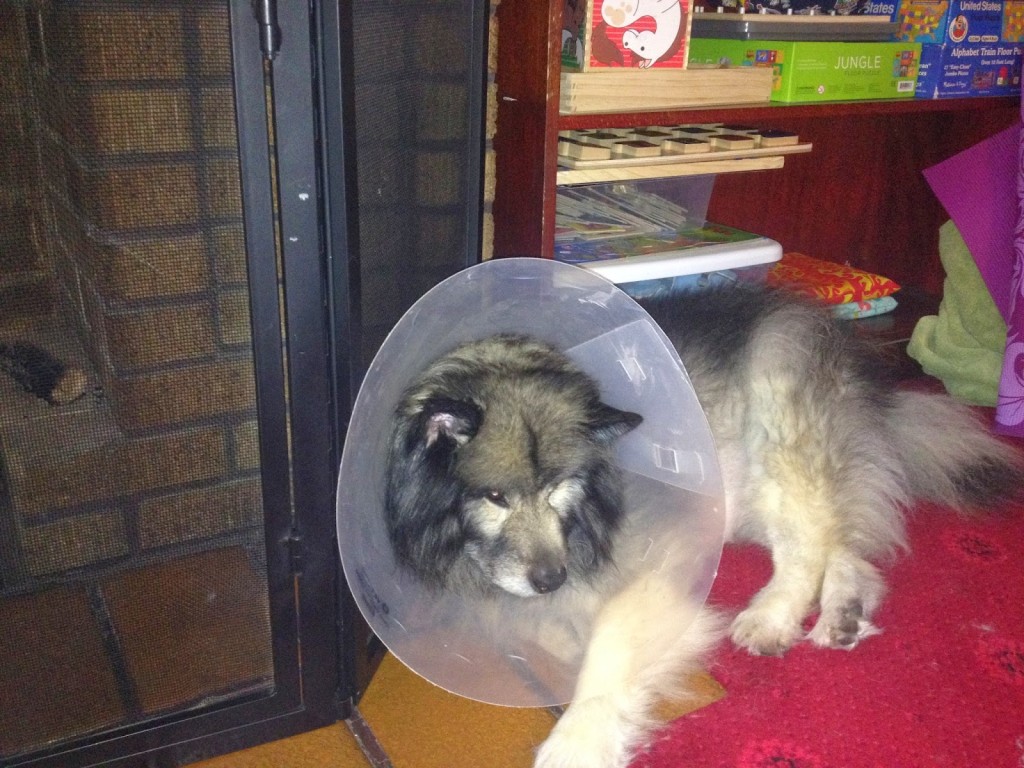 |
| Izzy recovering |
Focus and Risk
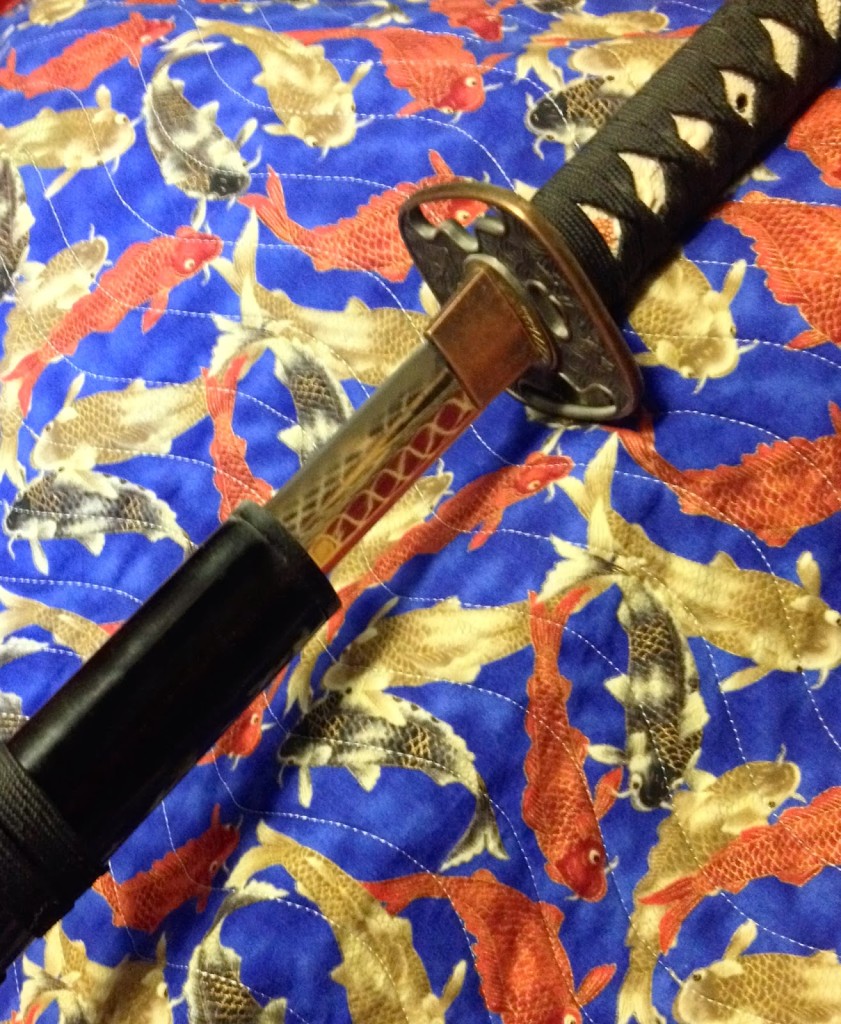 |
|
JeDokGeom 2014
|
This is a sword. Not just any sword, it is my sword, a sword that I spent four years learning how to use. And yes, it is sharp. What the hell does this have to do with focus you ask?
When practicing Geom Beop, in order to not injure yourself, and others around you, and by injure I mean a visit to the emergency room kind of injure, you have to focus. Nothing makes me focus like the risk of a bad outcome. I work in a high-stakes environment. If I loose focus someone could be injured, or die. There are no do-overs in nursing. Again, what does this have to do with writing? Writing requires focus.
Focus is one of the most difficult issues for people with ADD/ADHD. We have the ability to hyper-focus. When we are hyper-focused, hours can evaporate as we immerse ourselves in a project. On those days I am always surprised when my phone alarms to remind me to pick up the kids.
 |
| March 2014 |
and then it is time to pick up the kids. Just like, that my two hours and forty-five minutes to write without the distraction that comes with three year old twins is gone.
I made a promise to myself to not let my issues with attention, organization, and hyperactivity derail my writing projects. In order to make myself focus enough to get coherent thoughts on paper, and not waste my time, I have to remember the risks.
The risk that someone will disagree with what I have written and accuse me of being an imposter / hack/ fraud, the risk that I might offend people, the risk that my family and friends will be unhappy / embarrassed / hate what I have written, the risk of rejection. I have to embrace the risk that I may be disappointed and frustrated by my failure to keep my promise to myself.
When I feel myself losing focus, I take a deep breath, acknowledge the risks, remember my promise, and treat it with as much respect as a sharp blade.
Taming the Monkey
 |
|
What thoughts pull at your mind like crazed Capuchin monkeys interrupting your focus? Are they to dos? Should dos? Want to dos? Have to dos?
Finding a way to keep you life together is challenging for those of us that deal with attention issues, flights of ideas and the intense urge to be busy doing something. Even if you don’t have organic distraction issues, information overload, and multiple demands can distract and overwhelm the most even-keeled person. In order to calm my mind, so that I can focus and write, without the thought-monkeys pulling at my sleeve, I use a three part system. It may work for your thought-monkeys too. 1. I use Todoist (http://todoist.com) This is a free to do list app that will sync across your devices. I use this to keep track of all the little tasks that can distract me knowing that they have to be done. I enter my daily, weekly, and monthly, semi-annual, and annual tasks. I set the application for sounds and visual reminders. 2. I use a vertical weekly paper planner. I know it sounds archaic to those of you who are in love with your electronic calendars. After trying to use several different electronic planners, I understand that my brain can not visualize and process electronic calendars. I also use my planner as a work log and diary of my time. When I feel as if I have not accomplished anything flipping back through my planner reminds me of what I have accomplished and what is possible. For those of you that have a business, planners can be used to as supportive documentation if you ever face a tax audit. 3. I keep up with entries! Yes, I stop when I get when a reminder notice, email invitation, or think of something that I want, or need to do, and make an entry in the system. That postcard reminding me that the dog needs a check up? I set a date to make the appointment. If the office is open, I call right then and make the appointment.
Do I fall off the keeping up with things wagon. Yes, more often than I would like to admit. So what do I do? A brain dump. I grab my spiral notebook and make a list of everything that needs to be done, scheduled, etc. I don’t try and assign the items any kind of priority, I just get them out of my head. When I can’t think of anything else, I go back through the list with my planner and Todist open I enter dates in my calendar and set reminders in Todoist.
Is this redundant? Is it really that hard to keep track of my life? Yes. Distraction issues, impulsiveness, and hyperactivity are a wicked combination. Using this system helps me focus. I don’t worry that I am going to forget to pick up the kids, or the milk or put out the trash. When I sit down to write I am not worried that I should/need to be doing anything else but writing. What system do you use? Do you have a system?
My desk monkey reminds me that I the only thing I should be doing is writing.
|
Help- My Brain is Full!
My brain is full. I don’t think that I am only one with a full brain. I think that most of us live like this now, whether we have organic distraction issues or not. My brain feels like the fish in the video, snapping up everything, and anything.
The world is full of shiny objects, any and all of them can trigger a desire to write a story. The young girl at the library focused on her cell phone, ignoring the eight-month old at her feet? That is a story. The note I found in the park “I spank you car please to call may (sic)” with a phone number? The two old dudes arguing loudly over a woman in the library? Yep- all stories waiting to be told.
I pick up objects, print out news stories, take pictures, and collect dialogue like a pack-rat on cocaine. As a kid it drove my mom crazy. What the heck do I do with all these bits and pieces of inspiration and observations?
I talked before about my first love- spiral notebooks. But spiral notebooks can be awkward to carry around, so when I leave the house my spiral notebook stays home. When I am out and about I use Evernote (http://evernote.com).
Evernote is an amazing application that lets you save everything, an endless spiral notebook for your phone. If you are not using it, you should be, and they don’t pay me to say that. Using Evernote I can take pictures, record sounds, type, or dictate a note about what I have seen or heard.
So how do I sort these images, clips, random thoughts, observations, scraps, and whims? First, I use letter size flat box files. Like this:
Letter size flat file boxes are not expensive, they can be labeled pretty easily, and stack on shelves. They are available in different colors so if you wanted to organize by color you could. They are portable. Each novel gets a separate box. Short Stories and Ideas for Future Works each have a box.
When I have things that are too big to photograph like maps, old postcards, prints, programs, or more tactile souvenirs from research trips, I stash them in the project box. When I am working on a project, I can pull it down and go through what I have tucked away. I print out photos from research trips and print them on contact sheets.
Sorting through the box lets me immerse myself in the details of my story, reminds me why I wanted to write it, and grounds me when I feel like the words are just there, fluttering out of reach.
Will I ever live long enough to tell all these stories?
I really hope I do. But if for some reason I don’t live to 120, when they go through my things, and find all the random stuff I have picked up and taken pictures of, at least now they will know why.



